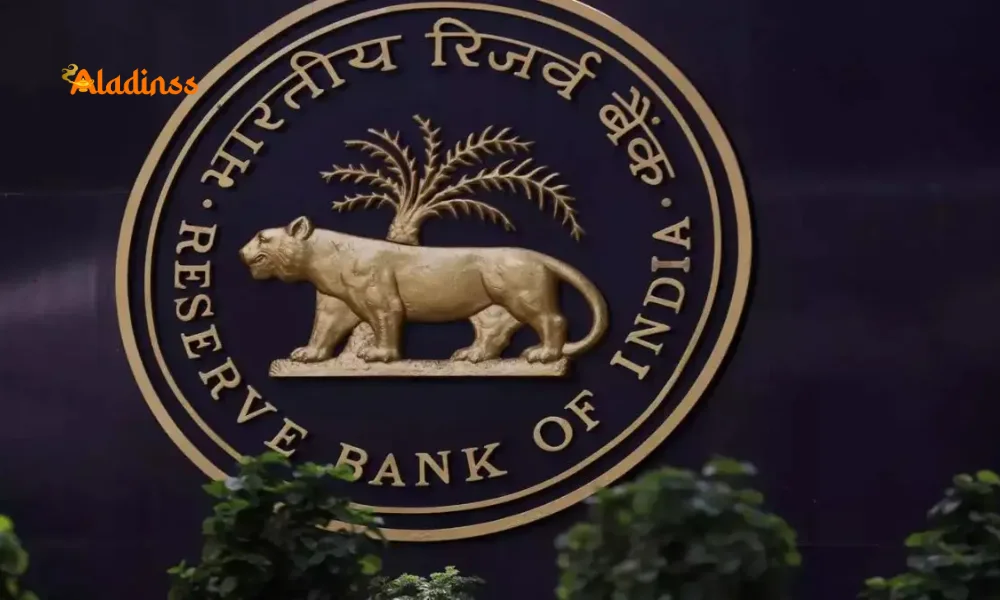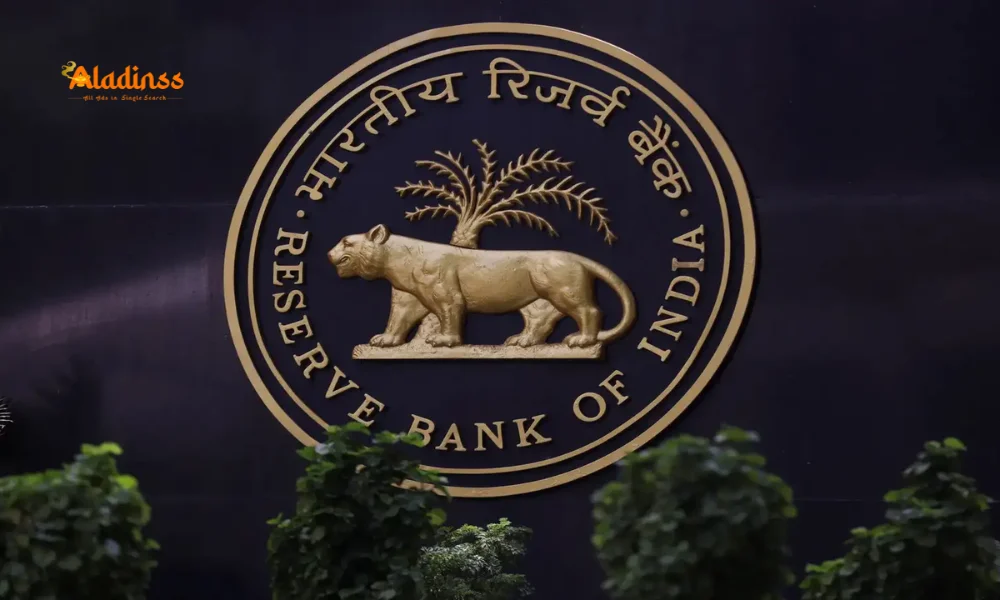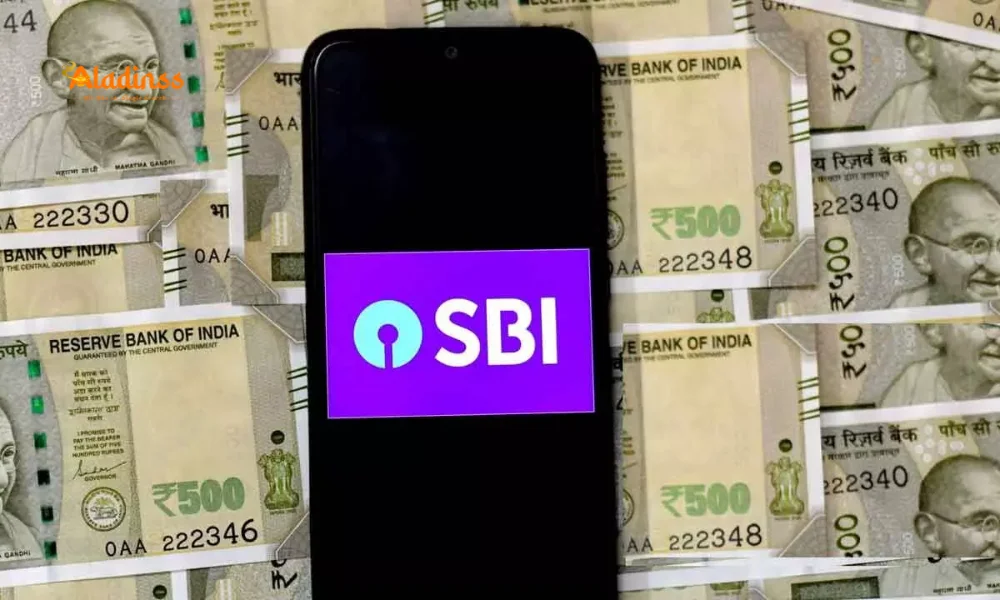Tax Filing for Freelancers in India Step by Step with Deductions

Tax Filing for Freelancers in India – Step-by-Step Guide with Deductions
Freelancing in India has surged, with over 15 million professionals contributing to the gig economy in 2025. However, tax filing for freelancers remains a complex and often ignored responsibility. Unlike salaried employees, freelancers must calculate income, claim deductions, and file returns independently. Missing deadlines or errors can lead to penalties up to 200% of tax dues.
This comprehensive guide simplifies the entire process from choosing the right ITR form to maximizing freelancer tax deductions under Sections 80C, 80D, and presumptive taxation. Whether you earn from Upwork, local clients, or content creation, understanding compliance ensures you retain more income legally.

The Income Tax Department treats freelance income as “Profits and Gains from Business or Profession.” You’re required to maintain books, pay advance tax quarterly, and file ITR by July 31 (or October 31 with audit). With proper planning, freelancers can reduce taxable income by 30–40% using legitimate deductions.
Step 1: Determine Your Tax Regime – Old vs New
From FY 2023–24, the new tax regime is default. It offers lower rates but eliminates most deductions. Freelancers earning under ₹15 lakh often benefit from the old tax regime due to high business expenses. Compare both using the income tax portal’s calculator before filing.
Switching regimes is allowed annually. If you claim home office rent, internet bills, or depreciation, stick to the old regime. The new regime suits freelancers with minimal expenses and income below ₹9 lakh (zero tax up to ₹12 lakh with standard deduction).
File Form 10-IEA before the due date to opt out of the new regime. Once opted, you can’t revert until you cease business. Consult a CA if income fluctuates or you have foreign clients (DTAA benefits apply only in old regime).
Step 2: Choose the Right ITR Form
Most freelancers file ITR-3 or ITR-4. ITR-4 (Sugam) is for those opting for presumptive taxation under Section 44ADA professionals with gross receipts up to ₹75 lakh can declare 50% as profit without books. Ideal for consultants, designers, and writers.
Use ITR-3 if receipts exceed ₹75 lakh, you maintain books, or have capital gains. ITR-3 requires a balance sheet and profit & loss account. Digital nomads with multi-state income or foreign remittances must use ITR-3. File online via the e-filing portal using Aadhaar OTP.
Download Form 26AS and AIS (Annual Information Statement) to reconcile TDS and income. Mismatch triggers notices. Pre-validate bank accounts for refunds. Use the JSON utility to upload offline-prepared returns for accuracy.
Step 3: Calculate Gross Total Income
Sum all receipts invoices, platform payouts (Upwork, Fiverr), bank credits, and cash payments. Include foreign income (convert at SBI TT buying rate on last day of month). Deduct GST collected if registered. Do not reduce expenses yet this is gross revenue.
Platforms report earnings via Form 16A (TDS) and SFT (Significant Financial Transactions). Cross-check with bank statements. Interest on savings or fixed deposits is “Income from Other Sources.” Maintain a simple Excel tracker: Date, Client, Invoice No., Amount, TDS, Net Received.
If you receive payments in dollars, declare in INR. Use the tax portal’s currency converter. Late foreign remittances attract Section 206AA (20% TDS). Inform clients to deduct only 1% under Section 194J for professional services.
Step 4: Claim Business Deductions (Old Regime)
Freelancers can claim all expenses “wholly and exclusively” for work. Maintain bills for audit. Key freelancer tax deductions:
- Internet & Phone Bills: 50–100% if used only for work. Prorate if shared.
- Home Office Rent: 20–30% of rent if dedicating a room. No HRA if claiming this.
- Electricity: Prorated based on workspace area vs total home.
- Laptop/Software: Full cost if under ₹40,000; depreciate 40% yearly if above.
- Travel: Flight, train, cab for client meetings (economy class only).
- Meals: 50% of bills during business travel.
- Training/Courses: Udemy, Coursera fees for skill upgrade.
- Marketing: Website, LinkedIn ads, business cards.
No bills? Claim 25% of turnover as expense under presumptive (Section 44ADA). But actual expenses often exceed 50%. Use apps like Vyapar or Zoho Books for invoicing and expense tracking.
Step 5: Investments & Chapter VI-A Deductions
Reduce tax further with:
- Section 80C: ₹1.5 lakh (ELSS, PPF, life insurance, tuition fees)
- Section 80D: ₹25,000 health insurance (₹50,000 for seniors)
- Section 80G: Donations to PM CARES, NGOs (50–100% deductible)
- Section 80TTA: ₹10,000 interest on savings
NPS (Section 80CCD(1B)) adds ₹50,000 extra. Total deduction up to ₹2.6 lakh possible. Invest by March 31 for current FY. Keep receipts tax officer may ask during scrutiny.
Step 6: Pay Advance Tax in 4 Installments
If tax liability exceeds ₹10,000, pay advance tax:
- 15% by June 15
- 45% by September 15
- 75% by December 15
- 100% by March 15
Calculate quarterly using last year’s income as base. Pay via Challan 280 online. Interest under Section 234B/C applies for shortfalls. Set calendar reminders. Use the tax calculator to estimate liability monthly.
Step 7: File ITR & Verify Within 30 Days
Login to incometax.gov.in → File Returns → Select AY 2025–26 → Choose ITR form → Fill details → Compute tax → Pay balance → E-verify via Aadhaar OTP, net banking, or send ITR-V to CPC Bangalore.
Belated return allowed till December 31 with ₹5,000 penalty. Revised return possible if errors found. Save acknowledgment (ITR-V). Processing takes 15–45 days. Track refund status on e-filing portal.
Common Mistakes to Avoid
Do not mix personal and business expenses. Avoid cash transactions above ₹2 lakh (Section 269ST). Report all bank accounts in ITR. Do not ignore Form 67 for foreign tax credit. Never file under salary head freelance is business income.
Use UPI for client payments to create audit trail. Issue invoices with GSTIN (if registered). Backup data on Google Drive. Hire a CA if income exceeds ₹50 lakh or you have complex structures (LLP, exports).
Presumptive Taxation – A Game Changer
Under Section 44ADA, declare 50% of receipts as income if turnover ≤ ₹75 lakh. No need for books or audit (unless claiming lower profit with proof). Tax calculated on ₹37.5 lakh even if actual profit is ₹20 lakh. Best for high-expense freelancers.
Digital payments (UPI, bank) must be 95% of receipts to avail 50% rate. Cash-heavy freelancers get only 30% deemed profit. Ideal for content creators, consultants, and IT professionals with low overheads.
TDS & Form 16A Compliance
Clients deduct 10% TDS under Section 194J for professional fees above ₹30,000/year. They issue Form 16A quarterly. Download from TRACES portal. Claim credit in ITR. If no TDS deducted, pay self-assessment tax.
Foreign clients may not deduct TDS. You pay full tax. Apply for lower deduction certificate (Form 13) if expenses are high. File Form 15G/H if income below taxable limit to avoid TDS.
Final Checklist Before Filing
- Form 26AS & AIS reconciled
- All invoices issued and tracked
- Advance tax paid (no interest liability)
- Deductions backed by bills
- GST returns filed (if applicable)
- ITR e-verified within 30 days
Tax compliance builds financial discipline and credit score. Late filing invites scrutiny. Start tracking from April. Use free tools like ClearTax or Quicko for guided filing. The tax filing for freelancers in India process, though detailed, saves thousands when done right.
By following this step-by-step guide, you ensure 100% compliance while minimizing tax outgo. Begin today open a dedicated business account, start invoicing professionally, and treat tax planning as part of your freelance brand.
Comment / Reply From
No comments yet. Be the first to comment!









